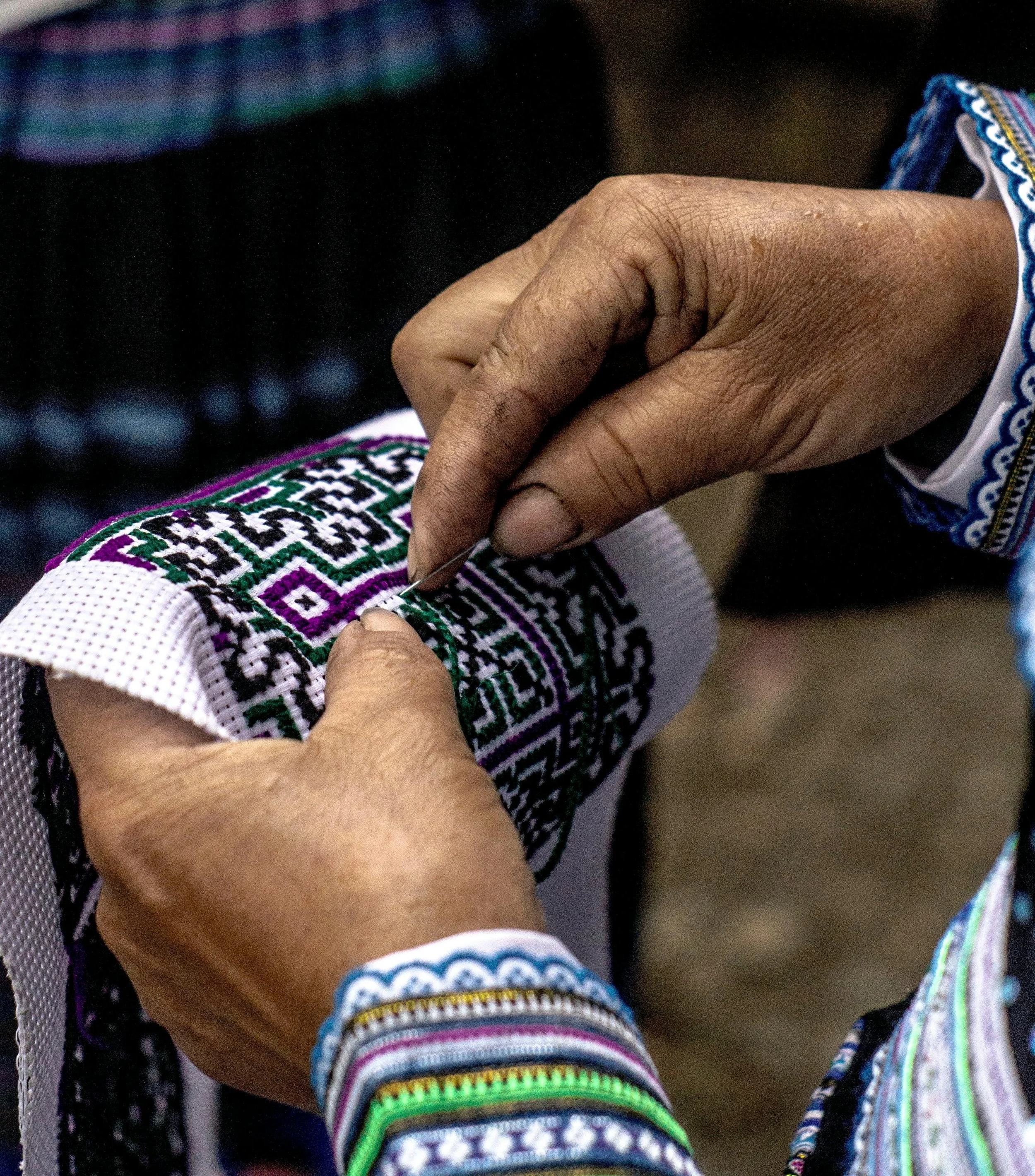Cultural Exchange or Cultural Theft? Finding the Line in Fashion
Image Credit: Truong Ban via Pexels
In today’s globalised world, cultures are inextricably linked. Fashion, music, and art travel faster than ever — a TikTok trend born in Seoul can end up influencing wardrobes in London within days. This interconnectedness can be beautiful, allowing us to learn from and celebrate one another’s traditions. Yet it also raises a difficult question: when does cultural exchange become cultural exploitation?
I’ve always found this tension in fashion particularly striking. Designers often describe inspiration as universal, but that universality tends to favour certain cultures over others. When Western brands borrow from marginalised traditions, they’re praised for innovation. When individuals from those same cultures wear their own clothing, they’re often dismissed or ridiculed. The issue isn’t the exchange itself — it’s who gets credit, who profits, and who is erased.
This imbalance is as glaring as ever in the recent “Scandinavian scarf” trend on TikTok. Videos showing neutral-toned scarves draped elegantly around minimalist outfits went viral, celebrated as a new Nordic aesthetic. But South Asian users quickly recognised the look as identical to the dupatta, a traditional scarf worn for centuries across India, Pakistan, and Bangladesh. What frustrated many wasn’t the use of the scarf itself; it was the rebranding. The same garment that had been mocked as “too ethnic” or “old-fashioned”, suddenly became chic when detached from its origins. The hashtag has attracted hundreds of thousands of videos, and with it, heated conversations about cultural ownership and visibility.
To me, this example highlights how power dynamics shape perception. “Scandinavian style” is treated as aspirational and elegant, while South Asian fashion often faces stereotypes or misunderstanding. This isn’t just about a piece of fabric — it’s about which cultures are seen as trendsetters, and which are treated as sources to mine for inspiration. Appreciation means acknowledging origins and showing respect. Appropriation begins when cultural elements are taken, stripped of meaning, and commodified for someone else’s gain.
The fashion industry has struggled with this for decades. Brands like Gucci and Victoria’s Secret have faced backlash for using sacred symbols such as turbans or Indigenous headdresses as costume pieces. These moments aren’t isolated missteps — they reveal a broader tendency to aestheticize cultures without engaging with their stories. True appreciation requires collaboration, context, and consent. When designers work directly with artisans, pay them fairly, and honour their traditions, fashion becomes a bridge between cultures instead of a barrier.
This is why I don’t think conversations about cultural appropriation have gone “too far.” They’ve made us more conscious consumers and creators. Fashion doesn’t lose its creative spark when it becomes more ethical; it gains depth. Understanding where a design comes from doesn’t limit inspiration; it gives it meaning. The goal isn’t to stop cultural blending, but to ensure it happens with empathy and awareness.
Cultural exchange has always been part of humanity’s story. But in a global marketplace driven by virality, we have to decide what kind of exchange we want to participate in: one that respects origins or one that erases them. Every garment, every motif, carries a history. And in the end, how we choose to wear those stories says as much about our values as it does about our style.

